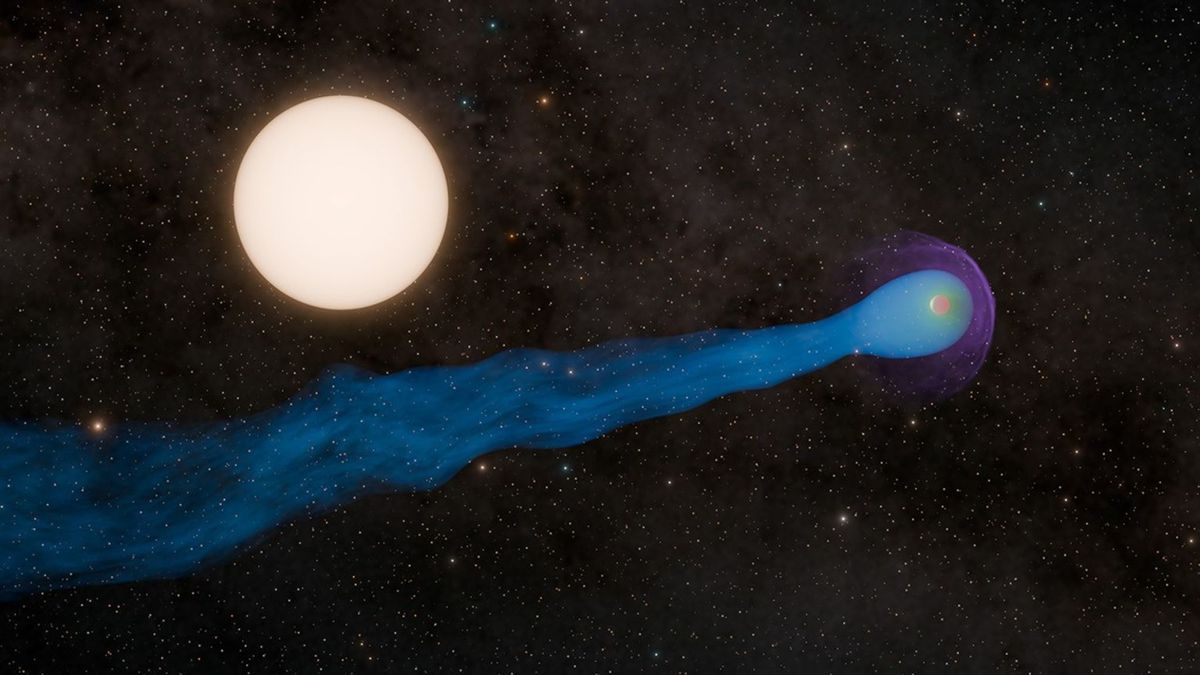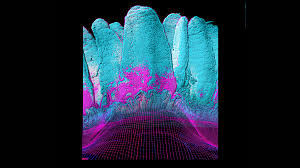As millions of people across the US recently looked skyward to see auroras spreading across the sky, some farmers were left perplexed as their tractors started doing the same.
Experts say the rickety vehicles, which are swinging unexpectedly from side to side while working the ground, are dancing to the tune of supercharged magnetic disturbances generated by explosive solar storms. Simply put: solar particles are messing with the machines’ GPS systems.
Solar activity has been greatly increased this year, the peak of the sun’s roughly 11-year cycle, which scientists officially confirmed in October.

As a result, solar flares have been erupting frequently from the sun in 2024, and some of these eruptions have also released large clouds of plasma, known as coronal mass ejections (CMEs), onto Earth.
When these CMEs hit our planet, they can cause massive disturbances in Earth’s magnetic field, known as geomagnetic storms, which can lead to radio blackouts and widespread aurora displays.
Between May 10 and May 12, Earth was hit by five consecutive CMEs, triggering the most powerful geomagnetic storm in more than 21 years, and possibly the most vibrant aurora in the last few centuries. The event was classified as an “extreme” G5 storm — the most powerful limit these disturbances can reach.
During this supercharged storm, farmers across large parts of the US reported some unusual activity with their tractors, which began to “dance” from side to side, Spaceweather.com reported recently.
“Our tractors behaved like they were demon possessed,” amateur aurora chaser Ellen Ramstad, who helped out on a family farm in northern Minnesota during May’s geomagnetic storm, told Spaceweather.com. “During the storms all my cousins would call me and tell me that ‘my auroras’ were driving them crazy while they were planting.”

Most large, modern tractors use GPS to help their drivers plant and harvest crops in perfectly straight lines, maximizing farmers’ potential yield. But to do this, the tractors’ computers need to be in clear and constant contact with GPS satellites, which are located in low Earth orbit (LEO). During geomagnetic storms, our planet’s upper atmosphere can stretch, bend out of shape and become more dense as it soaks up solar radiation, which can interfere with GPS signals being sent from LEO.
“If it happens at the wrong time, in the wrong weather, if it stops everything for three or four days. That could have a significant impact on agriculture,” Scott McIntosh, a solar physicist and vice president at space weather forecasting and mitigation company Linkar Space, told Live Science’s sister site Space.com.
Tractors manufactured by John Deere and using their GPS navigation system, commonly known as “autosteer,” were particularly affected by the geomagnetic disturbance, with many farmers reporting problems with the vehicles during May’s superstorm, Business Insider reported at the time. But other vehicles were affected, too.
But these issues aren’t limited to May’s strange event. Many farmers in the U.S. also experienced similar problems during the “severe” G4 storm in early October.
“My GPS [in October] was wrong by about a foot. Twice on autosteer, the tractor veered to the left, to the right … so I had to turn around and start over,” Ramstad said. “By nightfall, it was no longer possible to control the autosteer.”
The issue also affected other farmers in several other northern states, such as Indiana. An unnamed farmer in Iowa also shared striking photos of the twisted rows of crops he had planted during the October storm, showing how the tractor was constantly dancing back and forth along the lines.
Many other GPS-dependent technologies are also likely affected by the recent geomagnetic storms, and some satellites have even dropped out of LEO due to the increased drag from our temporarily expanding atmosphere. However, it will take time to properly assess the effects of these storms, and solar maximum in general.
The sun’s explosive peak could last up to a year, and some scientists are warning that solar activity will remain high, or potentially even increase, during a newly described phase of the sun’s cycle known as the “war zone” — the period after solar maximum during which large magnetic bands on the sun fight each other. As a result, we could see many more space weather effects related to GPS in the near future.



